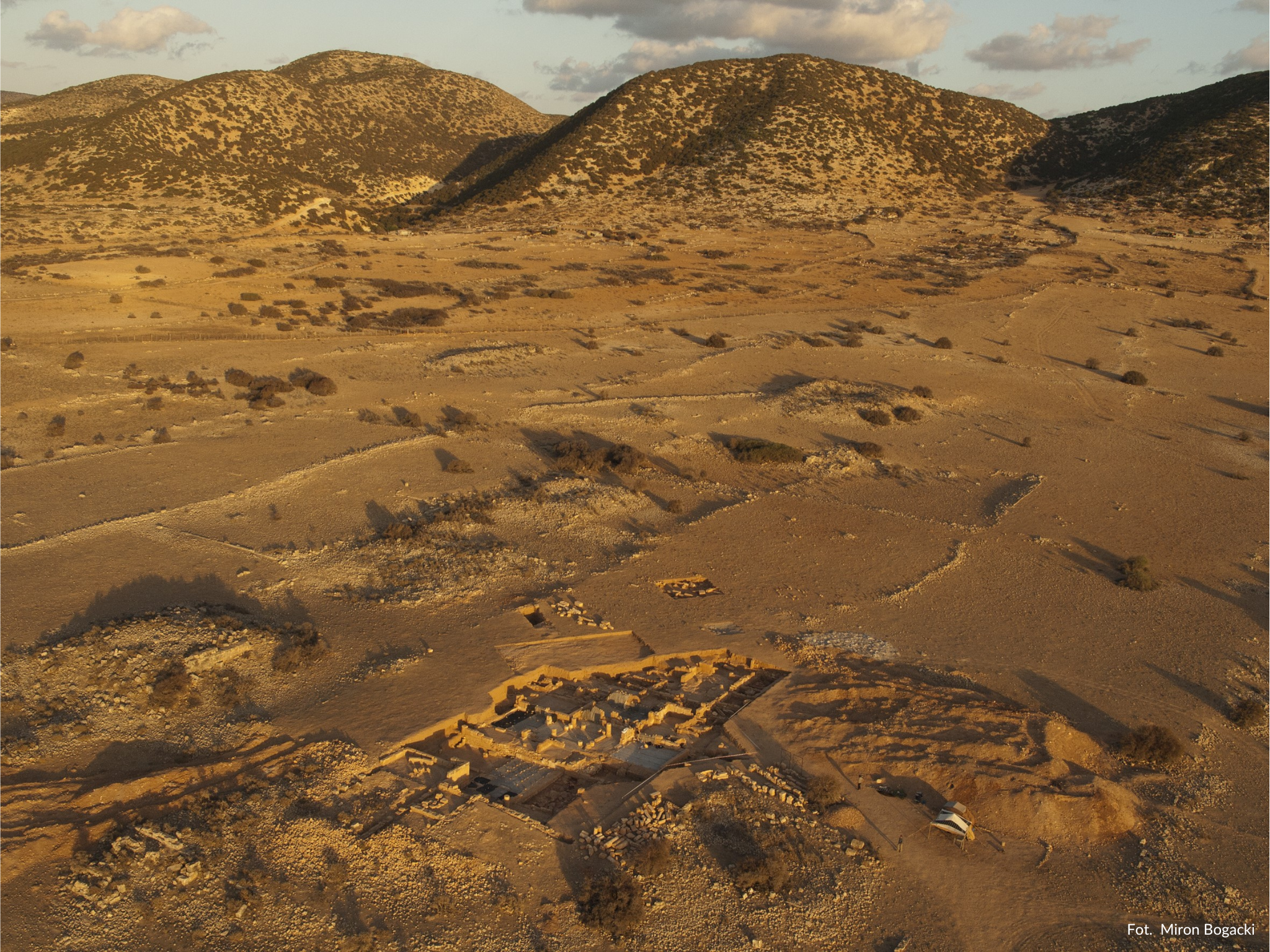Polish archaeology in Libya
27.11.2024

Polish Archaeological Mission to Ptolemais
In 2023, the expedition from the Faculty of Archaeology of the University of Warsaw returned to Ptolemais after a 13-year hiatus to continue archaeological research on the insula studied before 2011, as well as non-invasive research of the city and its surroundings. Ptolemais is one of the major ancient port cities on the eastern African coast of the Mediterranean Sea. It was founded during the Ptolemaic period at the site of the former port of the city of Barke. During the late Roman period, the city briefly served as the capital of the province of Libya Superior.
The archaeological mission of the University of Warsaw in Ptolemais was initiated in 2001 by Professor Tomasz Mikocki (1954-2007). Already in the first research season, it achieved a spectacular success with the discovery of the so-called House of Leukaktios – a wealthy private residence from the 2nd-3rd century CE, decorated with a collection of mosaics featuring mythological themes and wall paintings adorned with a rich repertoire of geometric and figurative motifs.
The program of Polish excavations includes a comprehensive study of an entire residential quarter located in the heart of the city. The main goal of the research is to obtain a reliable picture of the city's history, along with a full range of issues related to its functioning, through the lens of the daily life of the inhabitants of one selected insula.
An inseparable element of the Polish Archaeological Mission's fieldwork in Ptolemais is the intensive conservation care of the site and the acquired artifacts, carried out by specialists from the Academy of Fine Arts in Warsaw. Starting this year, their activities also include the restoration of paintings that were flooded in September 2023 at the local museum during the tragic disaster caused by Cyclone Daniel.
From the beginning, the excavations were supported by a program of non-invasive research, using geophysical and topographical methods, satellite imagery analysis, and aerial photography. These studies have enabled the creation of a multi-layered archaeological map of the site within its current administrative boundaries. The next phase of non-invasive research, which will begin in the winter of 2024, will cover the area of acropolis, which has not yet been systematically explored archaeologically. The interests of the Polish Archaeological Mission have also expanded to include underwater research, including the archaeological survey of the ancient port. This research is of a rescue nature because, due to an ongoing breakwater construction project, the cultural landscape of the coastline has been undergoing significant transformations for several years.
In June of this year, excavation work resumed, focusing on rooms around the courtyard of a house located south of the House of Leukaktios. In 2005, a cippus with a Greek inscription dedicated to the Augustan Gods was discovered here. Such declarations of loyalty to Roman emperors, publicly displayed by members of the urban elite, are a typical feature of the epigraphic landscape of Ptolemais.
The most important discovery of this season is a water cistern with a sealed, rich set of small finds. Analysis of the finds, including 25 coins, the most recent of which dates to the reign of Probus, confirmed earlier objectives that the main causes of the building collapses that affected most of the structures in the insula were two earthquakes. These occurred in the second half of the 3rd century. It seems highly likely that the final abandonment of the house by its original inhabitants occurred before the end of the 3rd century. The most surprising discovery in the cistern is an enigmatic male face, devoid of any identifying features or attributes, modeled in the plaster that lined the cistern to prevent water leakage.
Head of the Polish Archaeological Mission to Ptolemais: dr Piotr Jaworski
Follow them on Facebook
Polish Archaeological Mission to Ptolemais


